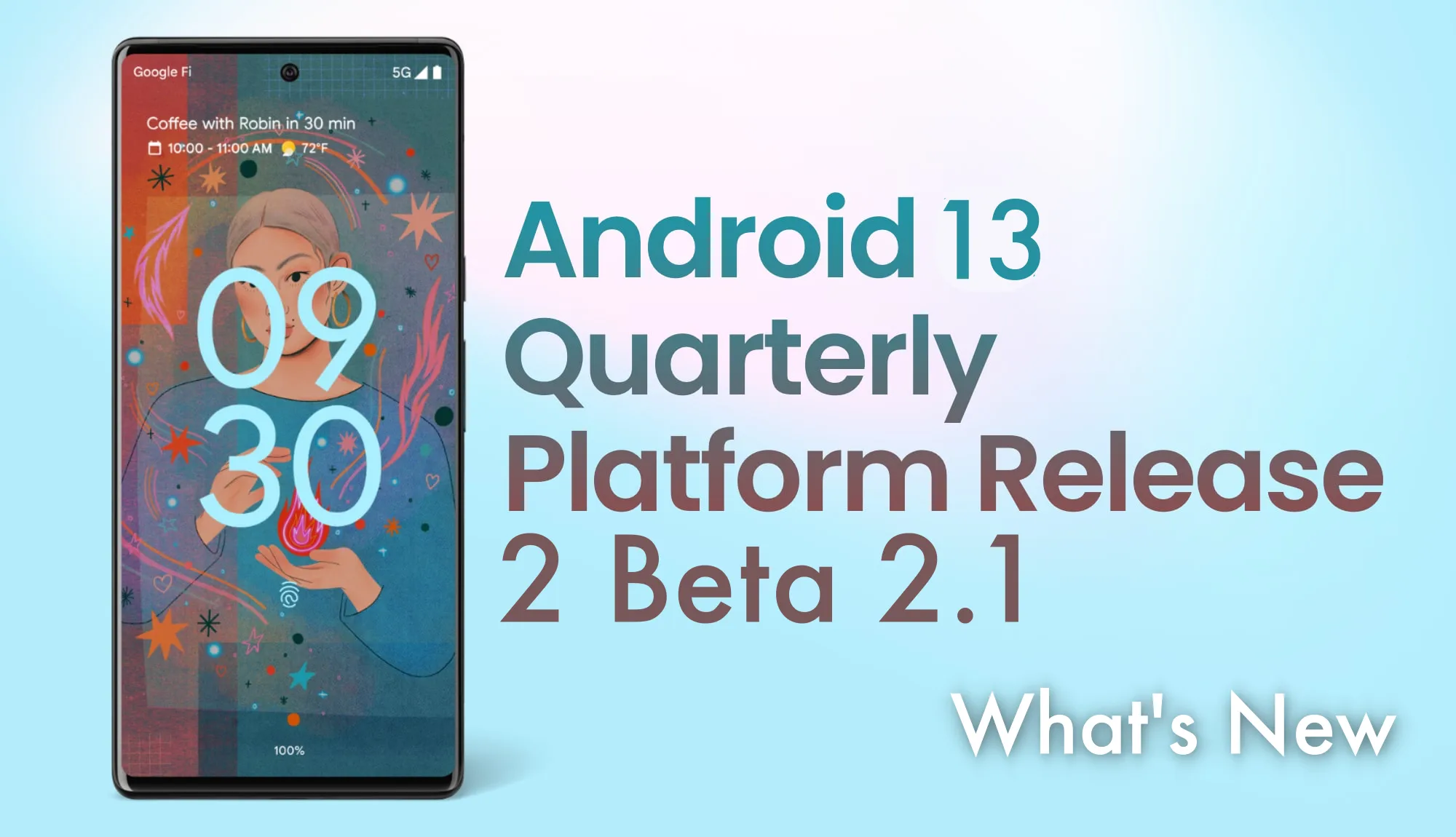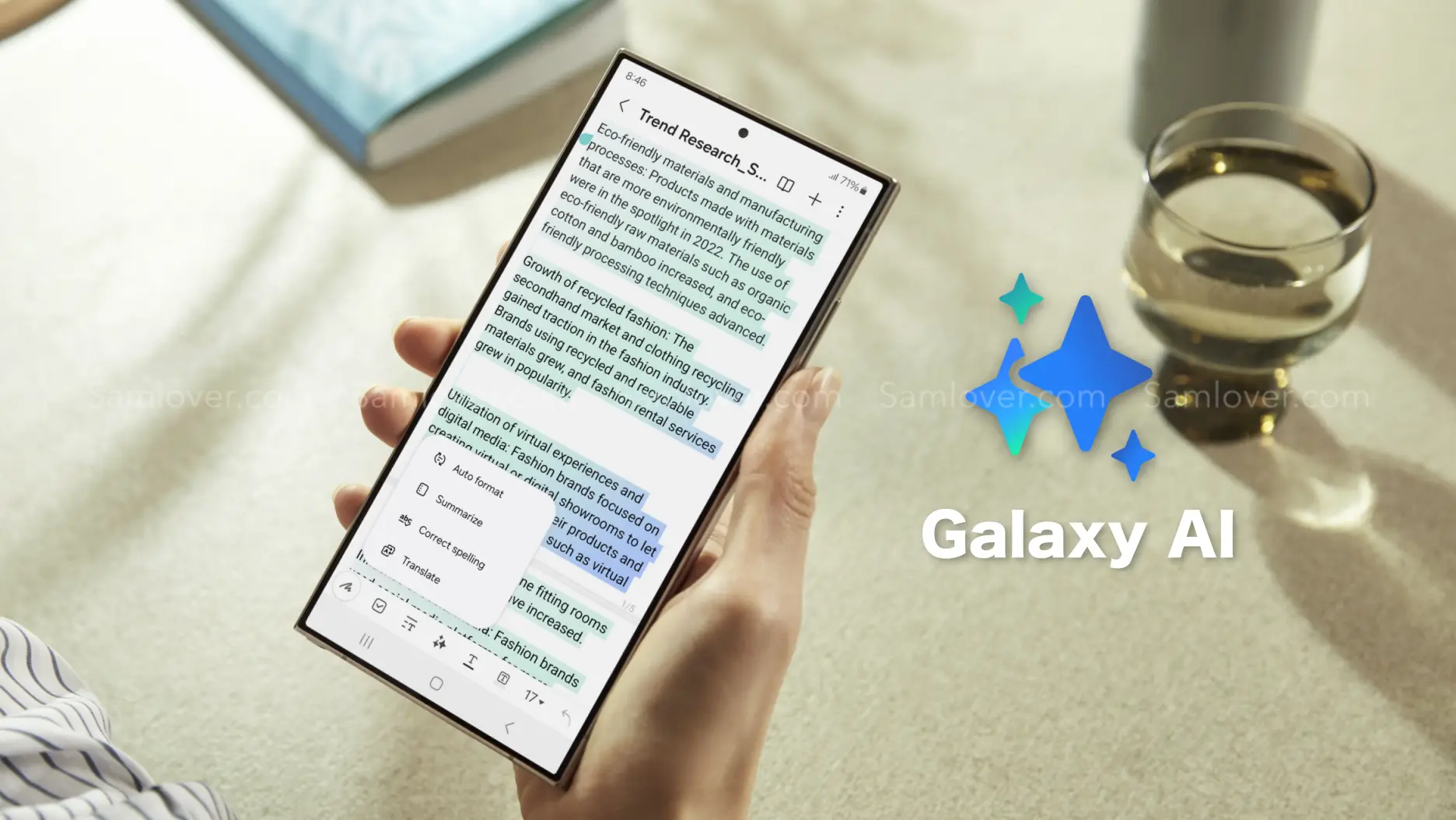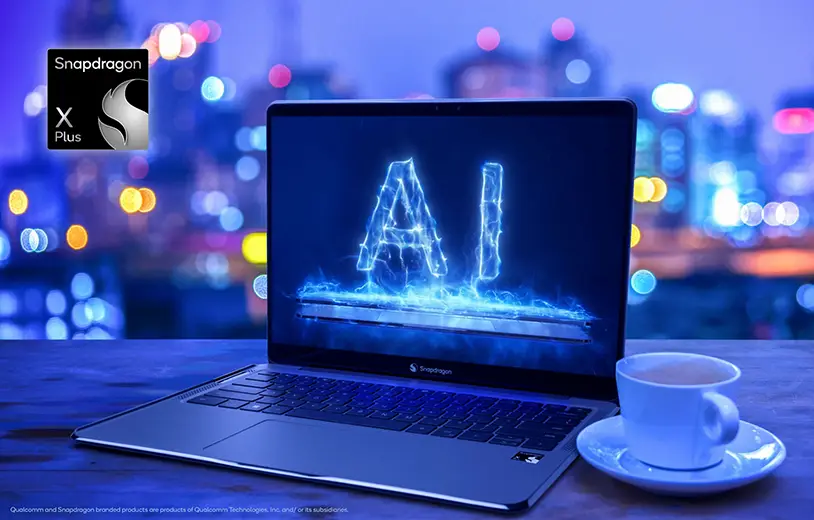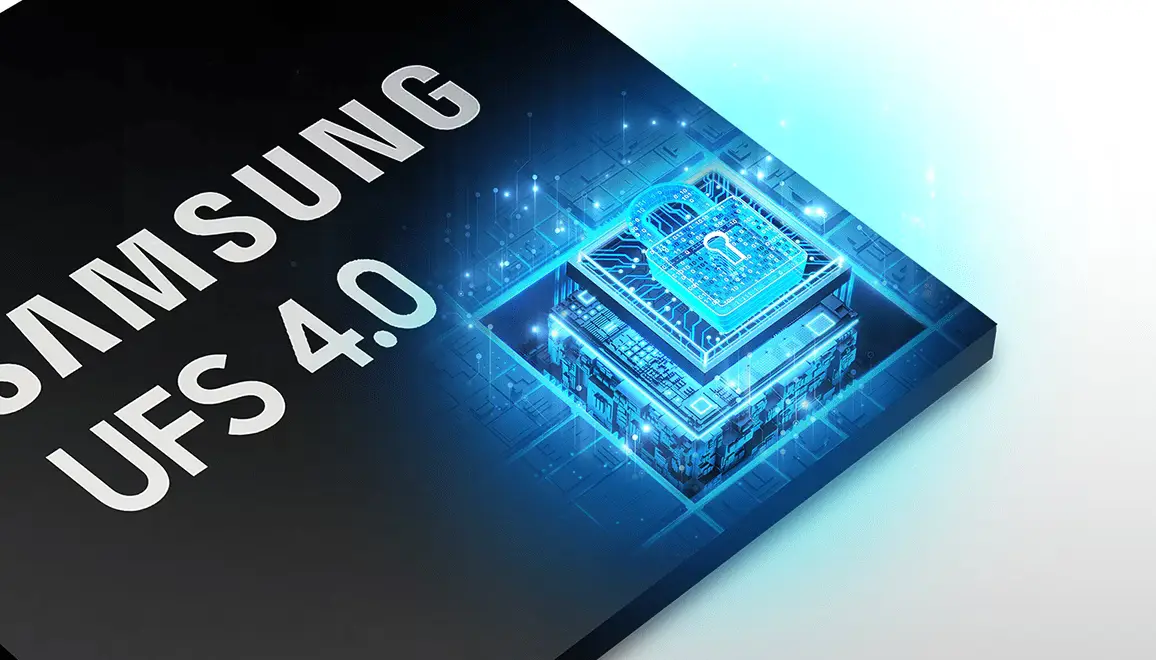Tech
Android 13 QPR2 Beta 2.1 available to download: What’s new

After updating the QPR2 Beta 2 based on Android 13, Google is now back with another firmware update with beta 2.1 for Pixel 4a and other latest models; the latest update can be identified through build version T2B2.221216.008.The latest update comes with several new fixes which were reported after the last update.
As mentioned, being a minor update weighing only 46.13 MB, it only includes bug fixes, but not; for this reason, it is considered less important. The official changelog is very narrow and includes the following two items:
- Fixed an issue that sometimes prevented devices from automatically connecting to a 5G network even when it was available. (Issue #265093352)
- Fixed an issue where devices did not drop or reset an existing, encrypted Bluetooth connection after receiving a command to disable link-layer encryption for that connection.
According to the information, the Android13 QPR Beta 2.1 update brings functional improvements, and it also comes with fixes that address the issues, such as a 5G network, Bluetooth connection, and more.
As the update belongs to the beta stage, it is only available for the users who have already enrolled in the beta program running by google. If you are one who has already installed the QPR2 Beta 2 update, you should receive a notification regarding the new update through OTA.
Android 13 QPR2 beta 2.1 update brings.
The latest update brings improvements regarding communication performance by enhancing the 5G connectivity. Now it has fixed the fluctuation problem and stays connected to the best possible network. Moreover, it also fixed the Bluetooth encryption problem, which plays a crucial part in connecting to Bluetooth devices smoothly.
How to upgrade to Android 13 QPR2 Beta 2.1
Android 13 QPR2 Beta 2.1 system images are available for Pixel 4a, Pixel 4a 5G, Pixel 5, Pixel 5a, Pixel 6, Pixel 6 Pro, Pixel 6a, Pixel 7 and Pixel 7 Pro, as well as for the Android emulator.
If you are already subscribed to the Android 13 QPR2 beta and your device is running Beta 2, you will automatically receive an over-the-air (OTA) update to Beta 2.1. If, on the other hand, the device still has Beta 1 on board, you will automatically receive the Beta 2.1 patch once you update to Beta 2. If you are not yet subscribed and want to join Android beta, you can visit this page and consult the list of all compatible devices in your possession. It may take up to 24 hours to receive the OTA update on your device; just check for updates, go to Settings > System > System Updates.
For those, on the other hand, who want to manually install the system images, below we leave you the direct links for both the Factory images and the OTA images:
- Pixel 7 Pro: Factory Image — OTA
- Pixel 7: Factory Image — OTA
- Pixel 6a: Factory Image — OTA
- Pixel 6 Pro: Factory Image — OTA
- Pixel 6: Factory Image — OTA
- Pixel 5a: Factory Image — OTA
- Pixel 5: Factory Image — OTA
- Pixel 4a (5G): Factory Image — OTA
- Pixel 4a: Factory Image — OTA
Tech
Google And Samsung Partnering Together On AI For Android & Galaxy Phones

Google and Samsung are coming together as their partnership goes beyond Android. On one side, Pixel smartphone devices use Samsung-manufactured Tensor chips; on the other hand, Smsung’s flagship Galaxy smartphones have AI features, like Circle to Search, noticeably before even the Pixel 8 series got this novelty.
In the report it is being unveiled, Rick Osteroh, SVP of platforms and devices at Google, stated that the brand’s “partnership has never been stronger.” A post on X shared by @rosterloh pointed to a positive meeting between TM Roh and @SamsungMobile leadership. It highlights a strong partnership between both and excitement about future collaborations, particularly in the area of AI.
Following the statement, he also attached a selfie with TM Roh, president and head of MX Business at Samsung Electronics.
Then, @SamsungMobile reposted Osterloh’s post and teased that both brands are actively working on expanding the functionalities of AI features for Android and Galaxy devices to enhance Galaxy experiences.
Google has already announced at the last Galaxy Unpacked event, back in January in San Jose, that the Samsung Galaxy S24 series will use Gemini AI models to power the forthcoming AI capabilities in the applications and services built by the Korean giant. The brand also brought new functionalities for Google Messages and Android Auto, powered by Gemini Nano.
For enhancing the summarizing facility, Samsung’s Smarter Notes, Voice Recorder, and Keyboard applications use the AI model Gemini Pro, whereas the Galaxy S24 series smartphones use Imagen 2 text-to-image technology to offer “Generative Edit” features in the Gallery application for upgrading photo editing.
Tech
Samsung Laptops Might Embrace Qualcomm’s New Snapdragon X Chip

Finally, Qualcomm has debuted its new ARM-based processor, the Snapdragon X Plus, designed for laptops. We anticipate Samsung to incorporate this chipset into its upcoming laptops.
However, this new chipset appears a bit below the company’s high-end laptop chipset, the Snapdragon X Elite, which was unveiled a few months ago and is expected to be used in Samsung’s forthcoming Galaxy Book 4 Edge.
The Snapdragon X Plus is a 4nm chip with a 10-core CPU. The Snapdragon X Elite and this newly launched chipset use the same Oryon CPU cores. This chipset is expected to be used in more affordable laptops running on the Windows OS. The CPU of this chipset operates at 3.4GHz, while the Snapdragon X Elite clocks at 3.8GHz.
Snapdragon X Plus’ integrated Adreno GPU has 3.8 TFLOPS of power, which could be equivalent to the Intel Core Ultra 7 series. The noticeable thing that remained constant in this new chipset is its NPU, which still offers 45 TOPS performance for on-device AI inference, similar to the Snapdragon X Elite.

This qualifies the chip as an AI chip, according to Microsoft Copilot’s minimum requirement of 40 TOPS. The brand has assured that the Snapdragon X Plus delivers 10% faster CPU performance than Apple’s M3 chipset while running at the same power. On the other hand, the Snapdragon chip claims to be 37% faster at the same wattage as the Intel Core Ultra 7 155H. This chip is expected to appear in laptops and will debut in the second half of this year.
Previously, Samsung has used Qualcomm’s top-of-the-line and mid-range Snapdragon chipset in its ARM laptops, and the giant has already unveiled that the forthcoming Galaxy Book 4 Edge will use the Snapdragon X Elite. Given this fact, it is quite possible that the brand could launch a more affordable Galaxy Book 4 series laptop with the Snapdragon X Plus.
Tech
Here’s The Key Fact Why UFS 4.0 Memory Just Got Faster

The fact is, other storage facilities can’t replace the device’s local storage; it remains an essential factor yet.
Despite cloud storage, smartphone storage remains crucial, and UFS 4.0 makes phone storage faster than ever before, but the fact is there is always room for improvement. The latest UFS chipsets run at the same speed as an SSD; however, a brand founded by Toshiba has managed to make the UFS 4.0 standard even more efficient.
Kioxia is a Japanese multinational computer memory manufacturer that develops, produces, and sells flash memory and SSDs, and now it has recently introduced chips that arrive with storage capacities of 256 GB, 512 GB, and 1 TB.
Kioxia Revs Up UFS 4.0 Memory Standard
The brand has now revealed the THGJFMT1E45BATV, THGJFMT2E46BATV, and THGJFMT3E86BATZ chips that offer 50% faster random writing in an 18% smaller area. The chips have their particular size based on their storage capacities, which are mentioned below:
- 256GB and 512GB chips: 9.0 x 13.0. x 0.8mm
- 1TB chip: 9.0 x 13.0 x 0.9mm
Kioxia has equipped the new UFS 4.0 chips with BiCS Flash 3D NAND, making them 18% smaller as compared to the previously announced 11 x 13mm chips. The write speed of the new UFS chips has been boosted by 15%, and the random write speed has increased by as much as 50%, with a 30% rise in random read speed as well, although the maximum read limit remains unchanged at 4.640 MB/s.
It is also announced that the production of the 256GB and 512GB variants of these new UFS chips will begin by the end of this month, whereas the 1TB variant will go into production in June.












